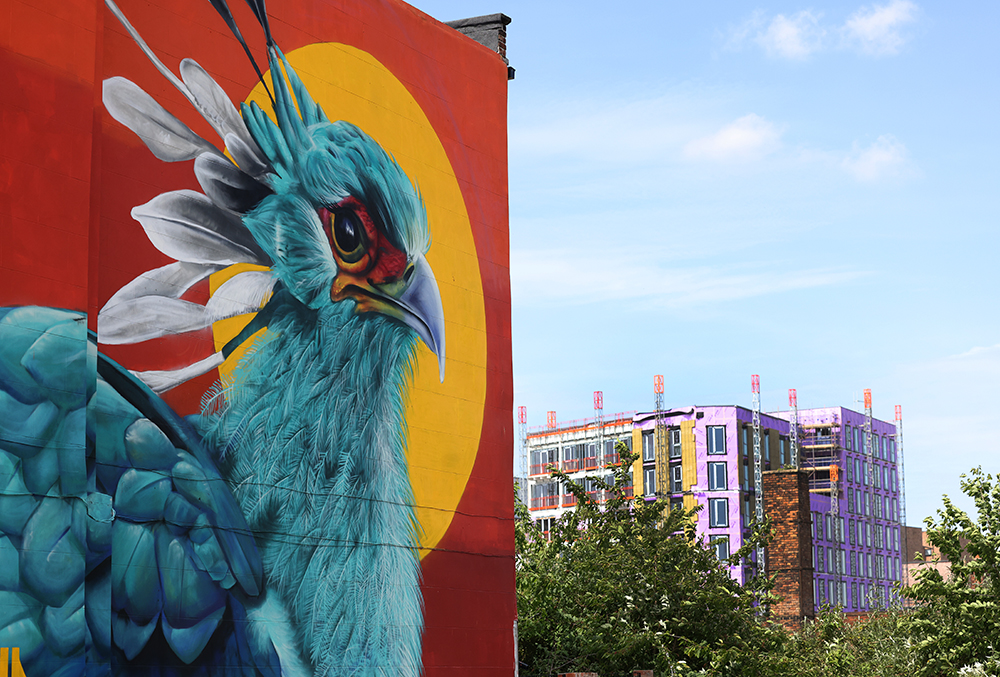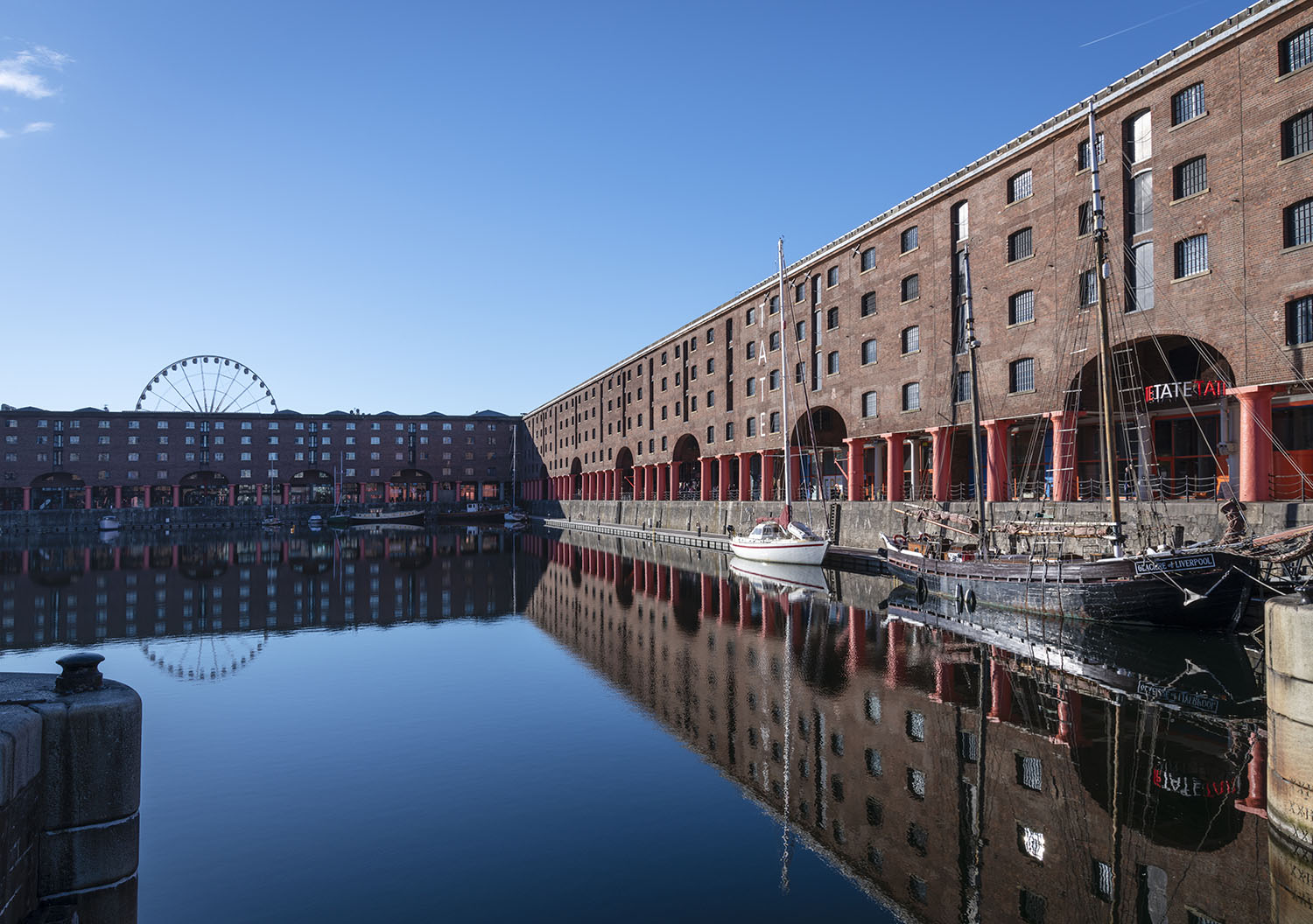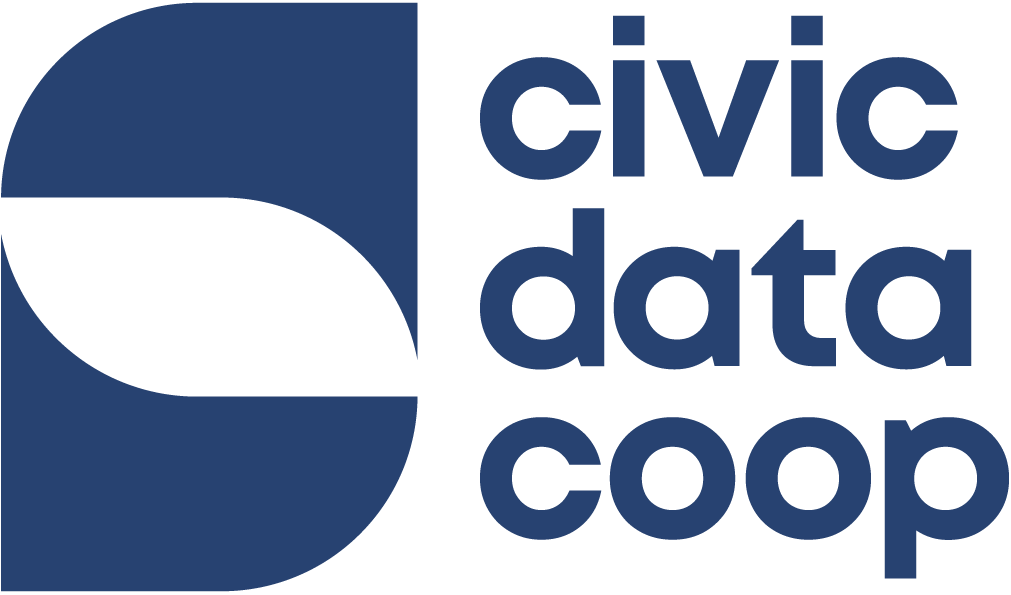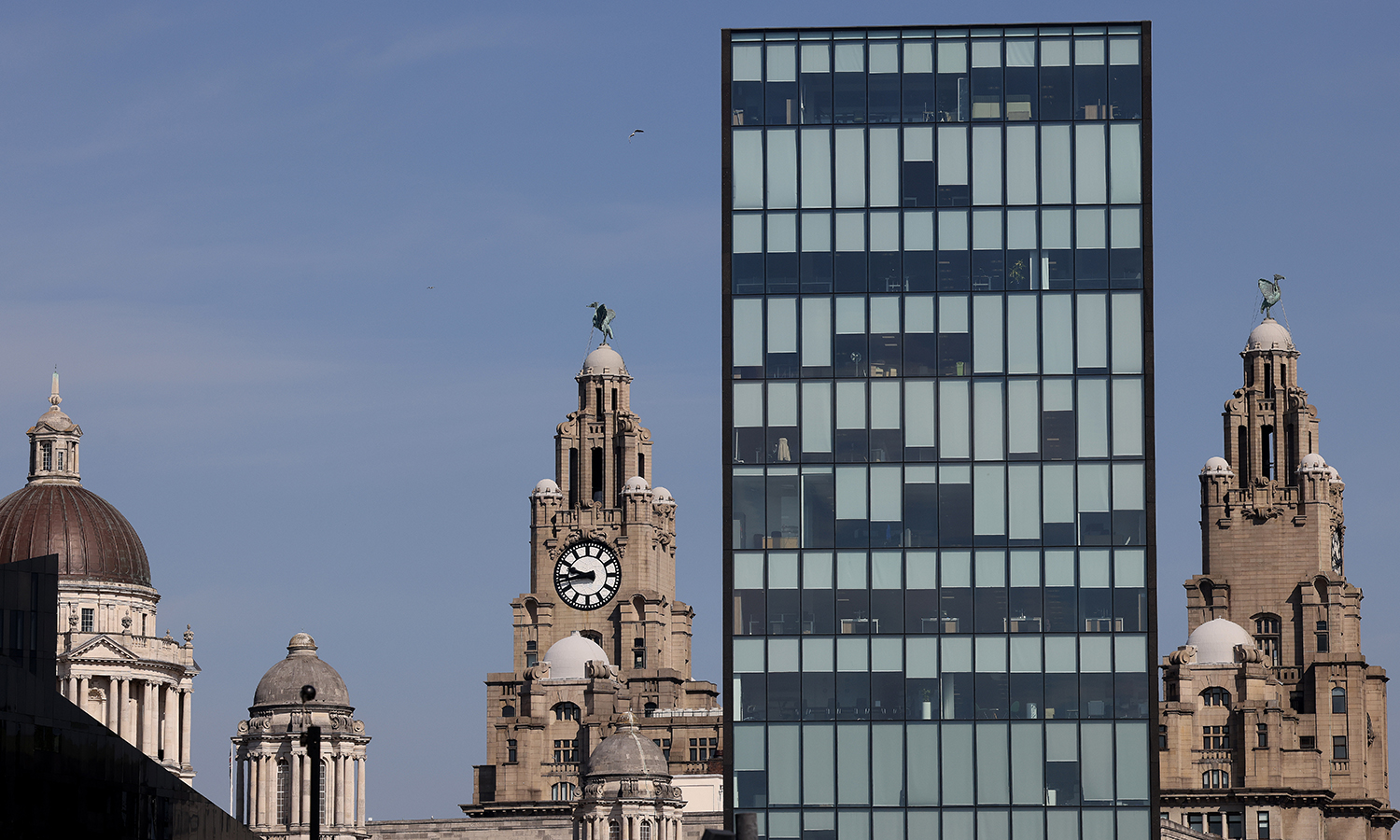




About Safe and Well
Safe and Well is a collaborative pilot project between Cheshire Fire and Rescue Service, Merseyside Fire and Rescue Service, Combined Intelligence for Population Action (CIPHA), Liverpool City Council, Liverpool City Region Civic Data Cooperative, University of Liverpool, and the NHS. The overarching purpose for the project is to enable the sharing of NHS data to support enhanced targeting of the Fire Service Safe and Well Risk Reduction Programme at households most at risk of fire.





How it works
A list of health/lifestyle factors have been identified by the fire service e.g. smoking, age, mobility, frailty that put someone at risk. A score out of 100 is generated using a person’s GP data. The fire services receives a unique property reference number and a score on a dashboard (the score is based on the highest scoring individual registered at the property – no identifiable information is given to the Fire and Rescue Services). The UPRN and score can then be used to prioritise visits.
The first pilot for the project has been completed and analysis by the FRS and researchers at The University of Liverpool has been undertaken. The logic model used to create the UPRN is being amended ahead of Pilot 2 starting in Spring 2025.


